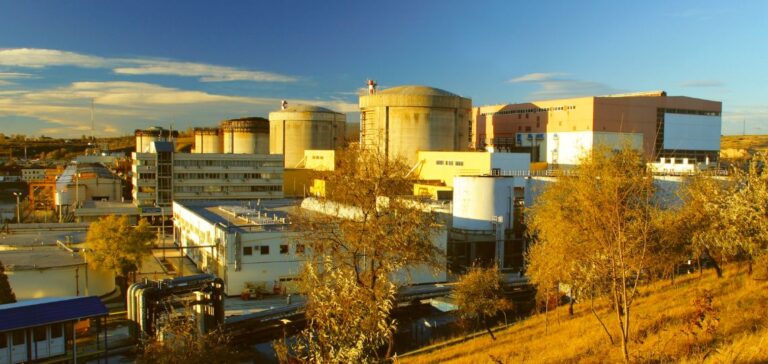Cernavodă, a nuclear power plant, in Romania gets government permission to increase its capacity.
Two new reactors
Cernavodă 3 and 4 will complement reactors 1 and 2 at the site. Indeed, the government has just passed a bill to allow the completion of two new nuclear reactors. Moreover, it is the only nuclear power plant in Romania.
Cernavodă currently has two 650MWe pressurized water reactors. Unit 1 was commissioned in 1996, and Unit 2 in 2007. Nuclearelectrica, the Romanian operator of the plant, plans to extend the life of Unit 1 to 2056, or 60 years.
Work on Cernavodă units 3 and 4 began before the fall of Nicolae Ceausescu’s government in 1989. The cost of this new nuclear reactor project in Romania is €7 billion. The Romanian Minister of Energy announced that Canada and the United States offered to help finance the project.
Nuclearelectrica, the country’s operator, also has a memorandum of understanding for SMRs with the American company NuScale. This project in Cernavodă will ensure Romania’s independence and energy security. In addition, it will contribute to decarbonization objectives.
Projects in perspective
In addition, the project will create 19,000 jobs and each unit will save 5 million tons of CO2 per year. Romania’s Ministry of Energy wants to commission the Cernavodă 3 and 4 nuclear reactors in 2030 and 2031. This will significantly increase the share of nuclear power in the country’s energy mix.
The energy mix will thus increase from 20% to about 36%. The Romanian government is committed to supporting the financing of the two reactors. This includes, but is not limited to, the provision of state guarantees to project investors.
Romania also undertakes to bear various responsibilities related to the country’s nuclear reactors. The Nuclear and Radioactive Waste Agency is responsible for completing the management of low and intermediate level waste. In addition, it will have to ensure the completion and operationalization of the geological repository for high-level radioactive waste.
Finally, the government has announced that it wants to improve navigation conditions on the Danube. This is to ensure sufficient water for the cooling of the four nuclear reactors in Romania. Finally, the Doicești site is a project for the location of the first SMR in the country.





















